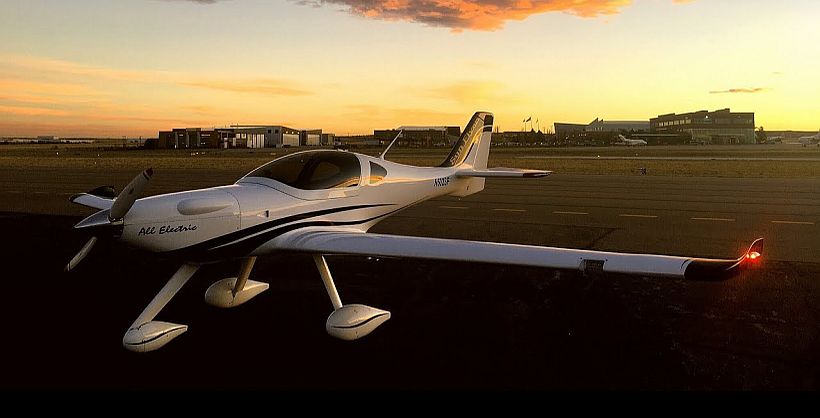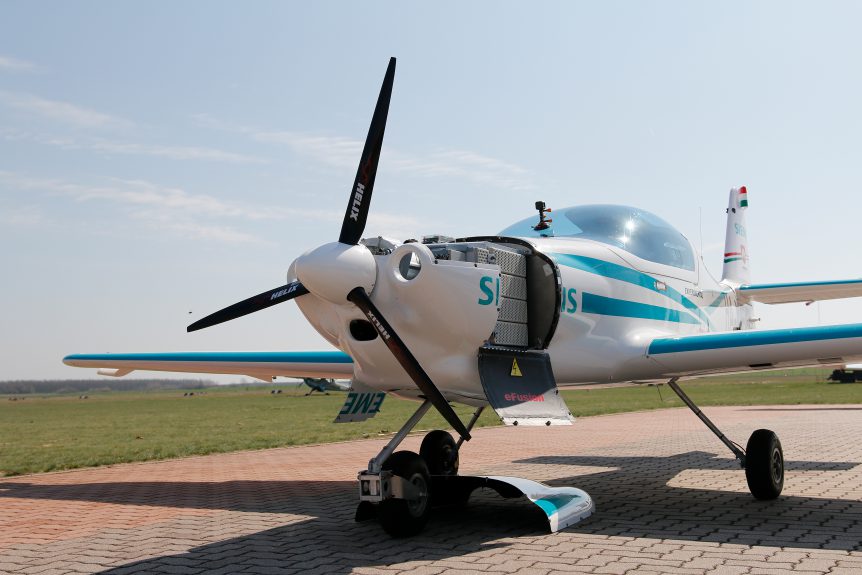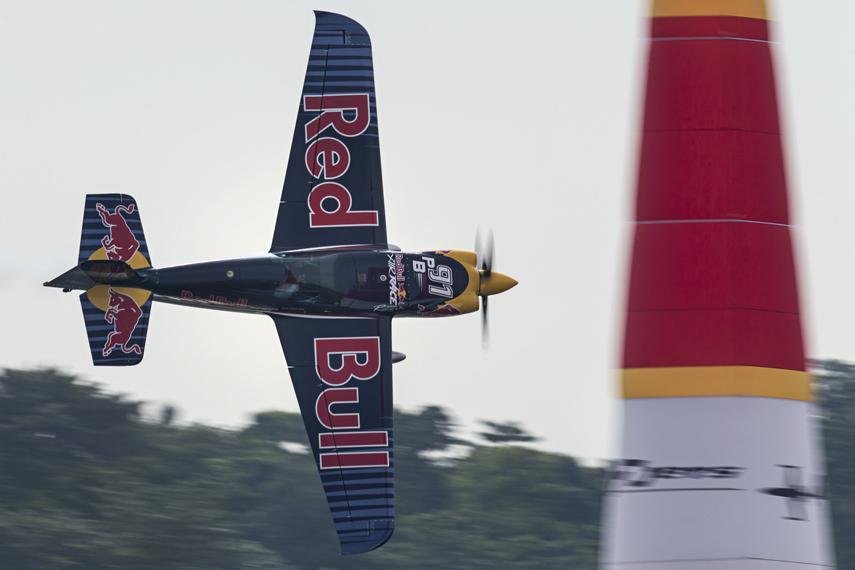George Bye has been enjoying a year filled with great expectations (and accomplishments). With 121 deposits on the Bye Aerospace Sun Flyer 2 from seven countries, the training aircraft needs only two things to make dreams come true for a large number of people – a motor and FAA certification. Siemens Steps In In a joint press release, Bye, CEO of Bye Aerospace, announced a partnership with Siemens that will see the German firm “collaborate on future development of Bye Aerospace’s Sun Flyer 2.” Bye explained, “We are pleased to announce an agreement with Siemens to provide the electric propulsion motor and inverter for the Sun Flyer program. They will be an active partner through the FAA certification and production phase for the Sun Flyer 2.” Siemens will supply the two-seater with its SP70D motor with a peak output of 90 kilowatts (115 hp.) and a continuous rating of 70 kW (90 hp.). Bye explained the nice “fit” with the …
Two Siemens-Powered Electric Aircraft Debut
A U. S. Debut in Chicago Mary Grady, writing in AVweb, reports that “Siemens brought its prototype electric aircraft to the U.S. this week for the first time, showcasing the airplane at the company’s Innovation Day in Chicago. ‘Electric propulsion is one of the transformative technologies that will help the industry meet the goals of reduced fuel, emissions and noise,’ said Teri Hamlin, vice president of electric propulsion for Siemens. ‘By accomplishing testing on our systems on select flying testbeds in the lower power classes, we are gaining valuable experience and knowledge that accelerates and validates our other developments in hybrid-electric propulsion systems in the high power classes.’“ Testing in Waco Further testing of the technology will take place in Waco, Texas, at the Texas State Technical College Airfield. The eFusion with its Siemens 55-kilowatt electric propulsion unit, “Will be key in data collection on new electric propulsion systems, enabling safety standards and certification efforts for the aerospace market.” Lessons …
Siemens 260 kW Motor First Flight, and a Siemens at the 2016 SAS
Siemens Motors announced the first public flight of their SP260D motor in an Extra 330LE aerobatic aircraft – although the motor had made its maiden, but not so public, flight on June 24. Putting out 260 kilowatts (348.5 horsepower) in near silence according to Siemens, the motor will certainly be capable of putting the Extra through its paces. The motor weighs only 50 kilograms (110 pounds), and with its Siemens inverter adds little weight to the nose of the Extra. Pipistrel-designed battery packs grouped behind it push the power-pack weight toward the center of gravity, which should enhance handling qualities. As Electronics Weekly reports, “Support structures have been on a finite element analysis diet. The aluminum ‘end shield’, for example, which supports the motor end bearing and takes all the propeller forces, went from 10.5 (23.1 pounds) to 4.9kg 10.8 pounds) .” This presentation shows the process on page 12. A finite element analysis program, NX Nastran, removed bits that …
Hungary Scores an Electric First
Thanks to Richard Glassock, we have news of the first electric airplane to fly in Hungary. The Magnus eFusion made its maiden flight at the Matkópuszta airfield in Kecskemet, Hungary on April 11. A two-seat, side-by-side, low-wing monoplane, eFusion is an all-composite craft with fixed tricycle gear. Its 410 kilogram empty weight includes batteries and a ballistic recovery system. With a maximum takeoff weight of 600 kilograms, the airplane normally flies with a Rotax 912 or UL Power 260 iSA, both four-cylinder, four-stroke units meant for the Light Sport Aircraft market. A fusion of the Corvus Racer 540, a high performance aerobatic aircraft flown in the Red Bull Air Races and the Corvus Phantom, a Light Sport Aircraft, the Magnus Fusion series of aircraft sport a symmetrical, fully-aerobatic wing (6+/3- G, not the 10G wing of the racer), a titanium firewall, chromoly tube center section (described as an “integrated chrome molybdenum central console”) and ballistic aircraft retrieval parachute. The airplane …



